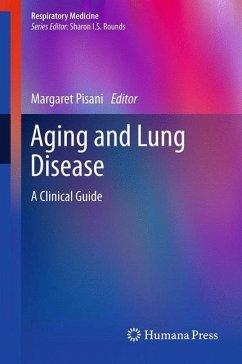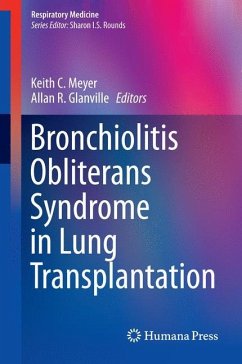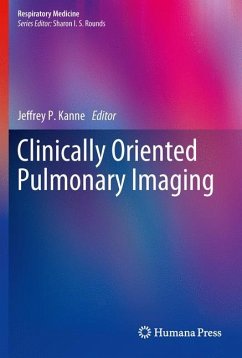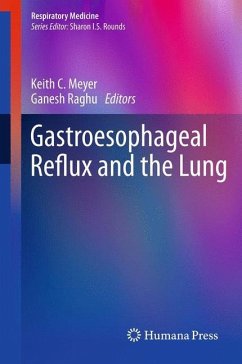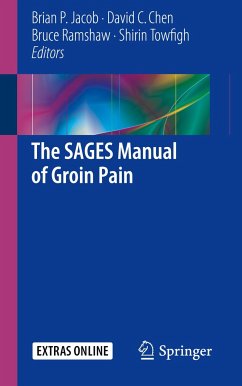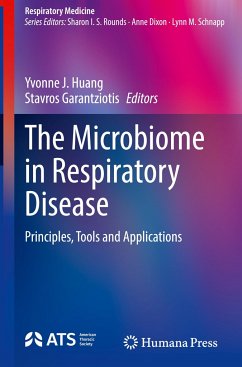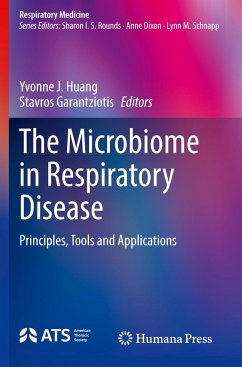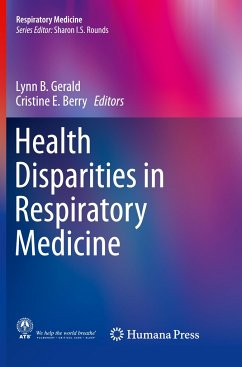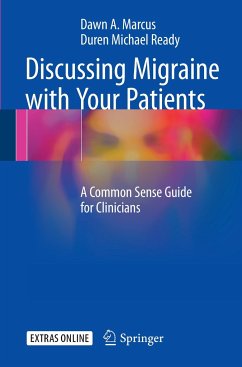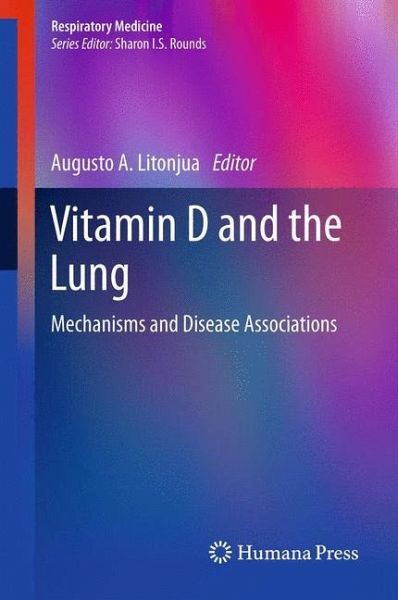
Vitamin D and the Lung
Mechanisms and Disease Associations
Herausgegeben: Litonjua, Augusto A.

PAYBACK Punkte
76 °P sammeln!
Vitamin D deficiency is a worldwide problem and many associations with diseases are being discovered. Recently, there has been an interest in the role that vitamin D plays in the inception and progression of lung disease. Vitamin D and the Lung: Mechanisms and Disease Associations delivers a concise, evidence-based review of the evidence for a role of vitamin D in various lung disorders. Divided into three sections, the first section of the book delivers a review of how vitamin D deficiency emerged in human populations, and gives a perspective on how humans evolved to maximize the efficiency o...
Vitamin D deficiency is a worldwide problem and many associations with diseases are being discovered. Recently, there has been an interest in the role that vitamin D plays in the inception and progression of lung disease. Vitamin D and the Lung: Mechanisms and Disease Associations delivers a concise, evidence-based review of the evidence for a role of vitamin D in various lung disorders. Divided into three sections, the first section of the book delivers a review of how vitamin D deficiency emerged in human populations, and gives a perspective on how humans evolved to maximize the efficiency of production of vitamin D. The second section of the book reviews aspects of vitamin D mechanisms on different immune cells, lung tissue, and genetics that have potential impact on lung disease. The third section follows with chapters on associations of vitamin D with the risk for viral infections, asthma and allergies, chronic obstructive pulmonary disease, cystic fibrosis, tuberculosis, and finally, lung cancer with an emphasis on ongoing research and clinical issues and needs for future research in each field. Written by an international group of expert authors, Vitamin D and the Lung: Mechanisms and Disease Associations is an essential text for researchers in the respiratory field and practicing clinicians including internists, pulmonologists, and primary care personnel.





